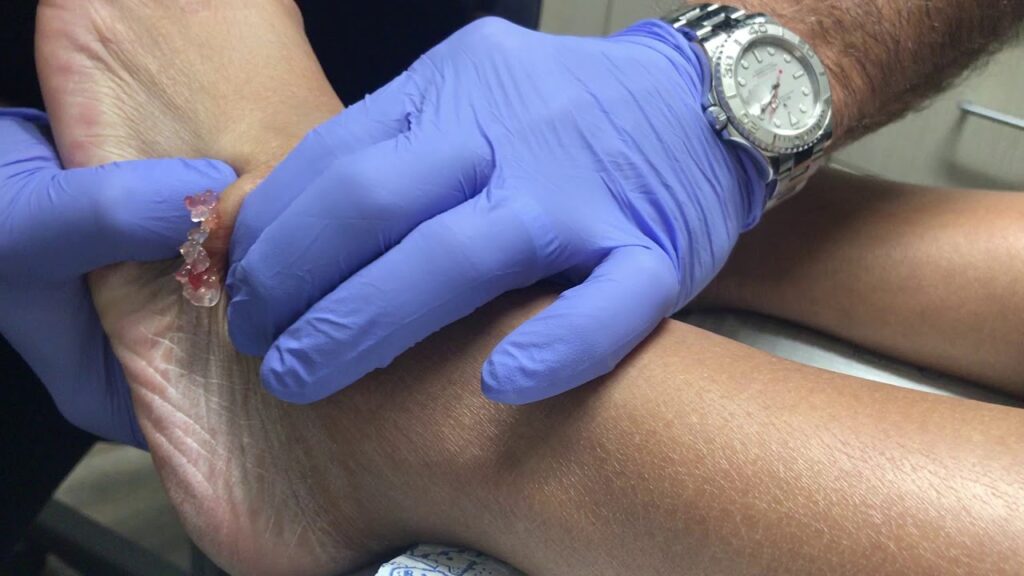Share Post
Ganglion Cysts: Are They Hereditary?
A benign fluid-filled bump called a ganglion cyst often develops near a joint or tendon, most frequently in the wrist or hand. However, ganglion cysts can also form on the foot, which is uncomfortable and makes daily activities more difficult. We’ll talk about the signs, causes, and possible remedies for foot ganglion cysts in this blog post.
Various signs and symptoms of foot include:
- On the top or bottom of the foot, a noticeable bulge or hump.
- Especially when walking or wearing tight shoes, discomfort or pain.
- tingling or numbness in the affected area.
- reduced range of motion or stiffness in the afflicted joint.
- Redness or swelling in the afflicted area.
Although the specific etiology of ganglion cysts is unknown, there are a number of risk factors that may increase your chances of acquiring one, including:

- The repetitive motion of the afflicted joint or tendon.
- A joint or tendon injury or trauma.
- Age, since ganglion cysts are more common in people aged 20 to 40.
- Ganglion cysts can be passed down via families.
The severity of the symptoms and the location of the cyst are crucial aspects to take into account when treating a ganglion cyst on the foot. The following are some popular treatment approaches that could be used:
- Watchful waiting: If the cyst is small and not causing any pain or discomfort, your doctor may advise you to keep an eye on it to see if it grows or develops any symptoms.
- Conservative measures: Conservative treatments may be used if the ganglion cyst is inconveniencing you or making it difficult for you to go about your normal business. These may consist of:
- Using shoe inserts or padding: can help reduce friction and pressure on the cyst, which will lessen pain and irritability.
- Applying warm compresses: This may facilitate fluid reabsorption in the cyst and reduce pain.
- Immobilization: A brace, splint, or orthopedic shoe can help lessen foot motion, which may aid with discomfort and allow the cyst to contract.
- Aspiration: During this treatment, a needle and syringe are used to drain the cyst’s fluid. It might be carried out with local anesthetic. In order to help avoid recurrence, a corticosteroid injection may be given after the fluid is evacuated because ganglion cysts have the propensity to return following aspiration alone. Cysts with a visible fluid-filled component and easy access are often more amenable to aspiration.
- Surgery: Surgical removal may be an option if conservative therapy and aspiration fail to relieve the cyst or if it keeps coming back. The cyst and any related stalks or connections to the joint or tendon sheath are completely removed during surgery. This lessens the likelihood of recurrence. Depending on the complexity of the operation and the patient’s general health, different post-operative care and recovery times will be required.
Ganglion cysts on the foot can be painful, but there are various treatment methods available to alleviate the symptoms. If you feel you have a ganglion cyst on your foot, you should get medical assistance to discover the source and explore your treatment options. A ganglion cyst can have a negative influence on your health and quality of life if it is not treated promptly and properly. If you have any of these symptoms, visit Feldman & Leavitt Food and Ankle Specialist to seek medical treatment to discover if a ganglion cyst exists.
As a general rule, Ganglion Cyst procedures are performed on an outpatient basis in an Alberta Health Services (AHS) approved Surgical Center or in a Hospital. Surgical procedural costs are covered by AHS or the patient may opt for private surgery to avoid a waiting time.

